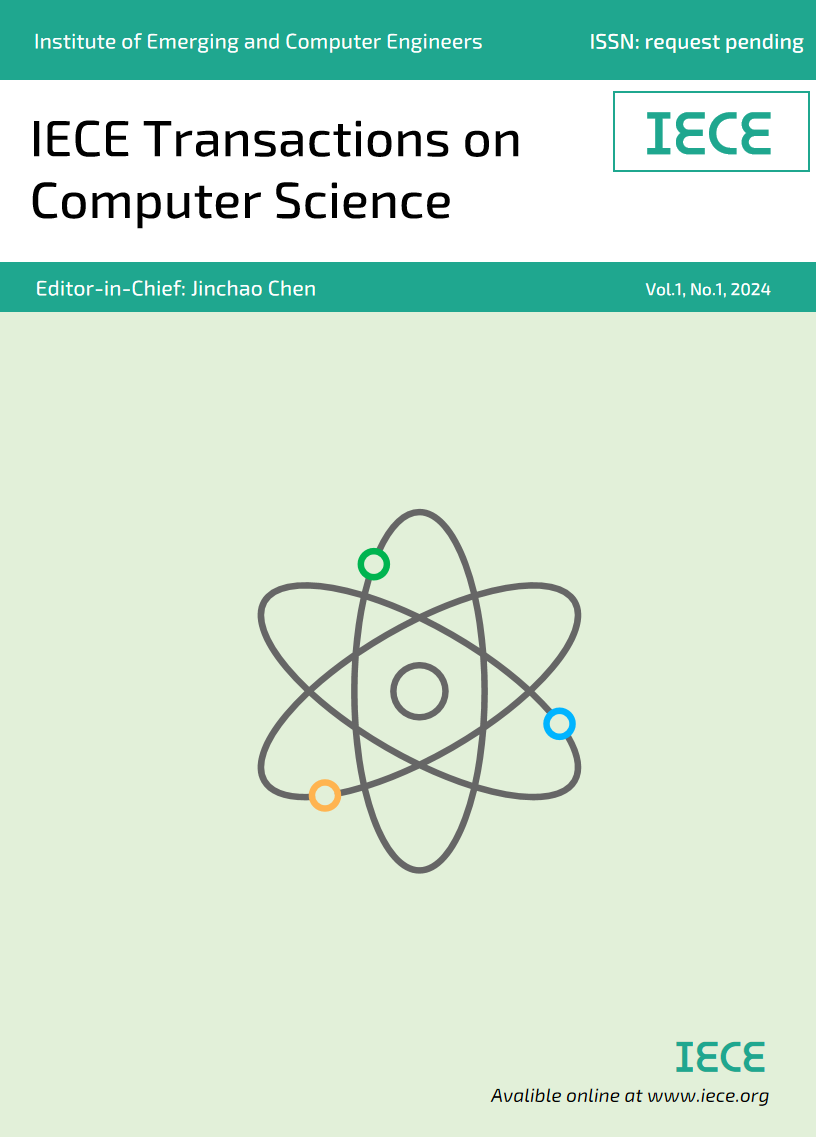Abstract
In the era of digital transformation, enterprise web applications have become indispensable tools for business operations, necessitating the efficient and reliable management of vast amounts of data. Data persistence is critical to ensure consistency, security, and scalability, especially in complex environments involving high concurrency and sensitive information. This paper reviews the key requirements for data persistence in enterprise-level web applications, such as reliability, security, scalability, and high availability, while addressing the challenges posed by modern business needs. Various persistence solutions, including relational databases, NoSQL databases, and distributed storage systems, are examined with respect to their performance in these critical areas. By providing a comprehensive analysis of these solutions, this paper aims to guide enterprises in selecting the most suitable data persistence approach to ensure long-term stability and regulatory compliance.
Keywords
data persistence
enterprise web applications
relational databases
distributed databases
Funding
This work was supported by Scientific Research Fund Project of Shaanxi Railway Institute (2014-14) and the Xi’an Science and Technology Plan Project under Grant 22GXFW0023.
Cite This Article
APA Style
Xu, Z., & Lei, M. (2025). An Overview of Data Persistence Approaches for Enterprise Web Applications. IECE Transactions on Computer Science, 2(1), 10–17. https://doi.org/10.62762/TCS.2024.529749
Publisher's Note
IECE stays neutral with regard to jurisdictional claims in published maps and institutional affiliations.
Rights and permissions
Institute of Emerging and Computer Engineers (IECE) or its licensor (e.g. a society or other partner) holds exclusive rights to this article under a publishing agreement with the author(s) or other rightsholder(s); author self-archiving of the accepted manuscript version of this article is solely governed by the terms of such publishing agreement and applicable law.


 Submit Manuscript
Edit a Special Issue
Submit Manuscript
Edit a Special Issue


